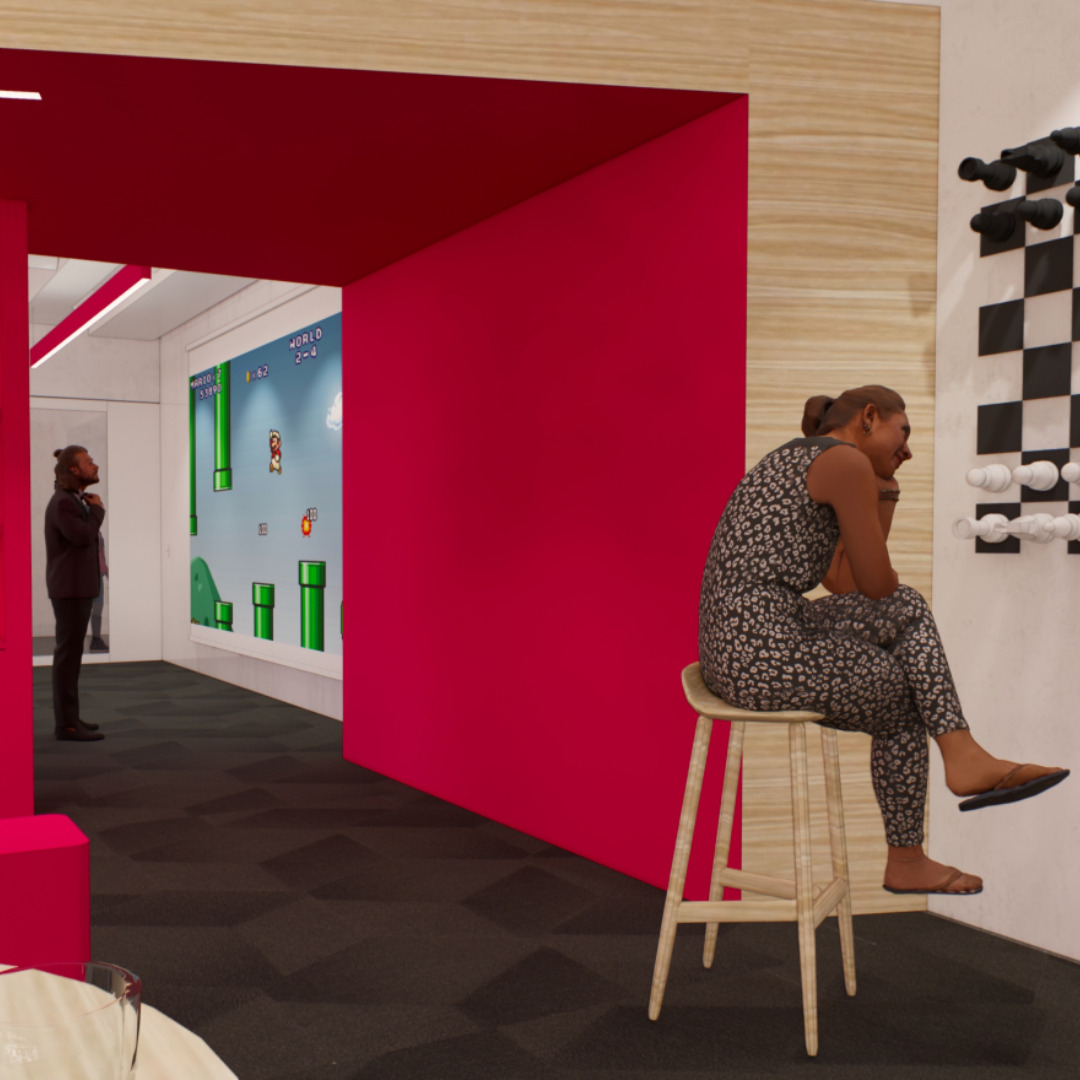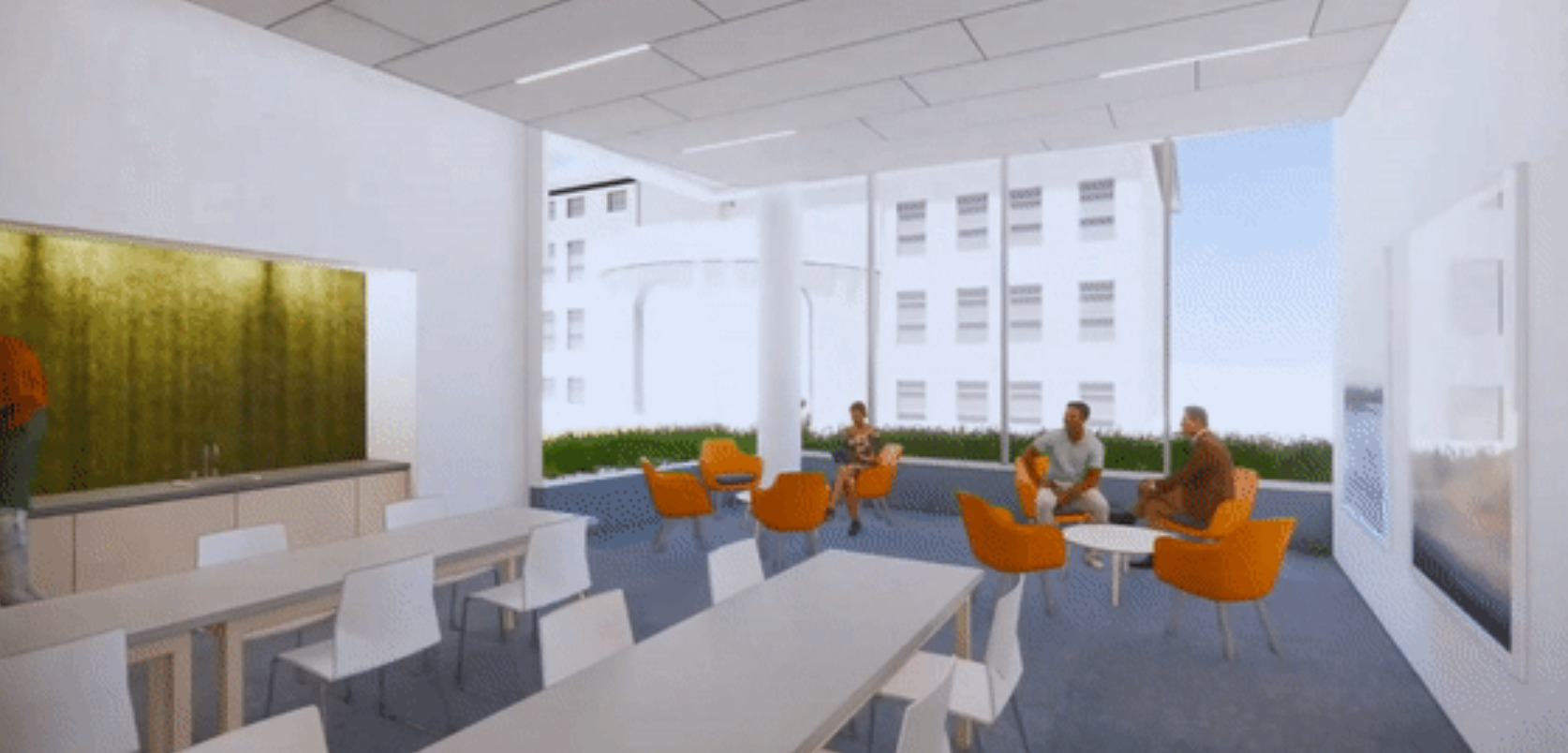Health is Wealth: Decompression areas for Healthcare Workers
September 25, 2023
A healthy lifestyle is no longer something people are pushing to the backburner. In the past few years, people have been realizing the benefits of looking after their mental and physical well-being. Unfortunately, for many, this realization comes after experiencing the negative effects of neglecting their health.
A wake-up call for a lot of people was the COVID-19 pandemic. Around 77% of people said that the pandemic made them pay more attention to their overall health. This shift in mindset has influenced businesses and schools. Higher Education institutions began offering wellness programs, and companies improved their healthcare plans.
Healthcare workers who practiced mindful meditation experienced less stress and better sleep quality
However, the healthcare industry itself faced a tougher road, with over 20 million healthcare workers at risk of mental health issues. The pandemic only added more stress to an industry that was already struggling. Even before the pandemic, 79% of doctors were feeling burnt out.
Efforts are being made to try to change this situation, like the NOISH Healthcare initiative, which aims to find better support systems for healthcare workers. Imagine if these support systems could be integrated right into their workplaces, similar to colleges and universities? The truth is, they can be.
After stressful and potentially traumatizing events in a healthcare worker’s day, the last place they want to go back to is a break room— still hearing beeping noises, families arguing in the hallway, and already getting paged for the next patient. Healthcare workers need a place in their work environment that allows them to take a minute for themselves before or after their shift, or after a demanding event.
One way this could be incorporated into the health care environment is adding a decompression room to the existing facilities. While the concept of a decompression area is familiar to healthcare facilities for patient families, it’s time we start to consider similar areas for staff. Staff decompression rooms have a diverse range of possibilities— all aimed at rejuvenating the mind and body.
A newly popular type of decompression space, particularly focusing on brain stimulation, are brain gyms. These spaces are meant to occupy your brain to aid in resetting after hard events at work.
Another avenue that is also rising in popularity is wellness spaces. These are specialized areas for silence and tranquility. With perfect room acoustics, keeping hospital noise out, these types of rooms help staff decompress from stressful events or just to realign with their mind and body. Although hospitals have yet to embrace these exact blueprints, variations of these spaces have emerged for university students to recalibrate and reconnect with themselves.
One of the campuses taking this step is Carnegie Mellon University. In tandem with Highmark, CMU is building a Health and Wellness Center. At BrightTree Studios, we’re happy to be a part of this project. The University will use the building to help students learn how to manage a healthy and balanced life.
University leadership says they want the environment at Carnegie Mellon to be of success and education, but also a growing culture of taking care of themselves and each other. The building will be full of wellness spaces like meditation nooks, a massage suite, a well-being lab, access to therapists, mindfulness gardens, facilities for athletics and other areas for students to decompress.


While Carnegie Mellon is taking a silent and solitude approach, other universities like Virginia Tech are taking a more stimulating approach with a brain gym. Brain gyms are used to activate your brain elsewhere to try and temporarily detach from stressors.
The brain gym in the first academic building on Virginia Tech’s Innovation Campus has large brain-stimulating games on the wall, comfortable seating including swings, and a separate room with audiovisual assets to play games. There’s also a large window to allow in natural light and for students to feel the solace that nature provides. We’re excited to be a part of two monumental projects for the health and wellness of students.
Reducing stress in healthcare workers could improve their lives and the care they provide.
Introducing mindfulness and brain-stimulating activities for healthcare workers could bring similar benefits, given their high stress levels. Studies show that healthcare workers who practiced mindful meditation experienced less stress and better sleep quality— one of the biggest factors in overall well-being. Consider the positive impact on staff if they had facilities like this available in their workplace.
While few healthcare establishments have incorporated wellness spaces or brain gyms, they are becoming more necessary. Reducing stress in healthcare workers could improve their lives and the care they provide. Using technology to create space for healthcare professionals to recharge and find peace could set them up for success in their work environment. This gesture will also let healthcare staff know that their well-being is considered by workplace executives.
By investing in spaces designed to offer rest and tranquility for healthcare professionals, we are not only providing them with the tools to recharge, but also equip them with the inner calm necessary to excel in their demanding roles.
It’s time we start taking care of those who take care of us.
For more healthcare related insight, check out our Digital Hospital Experience Video.




